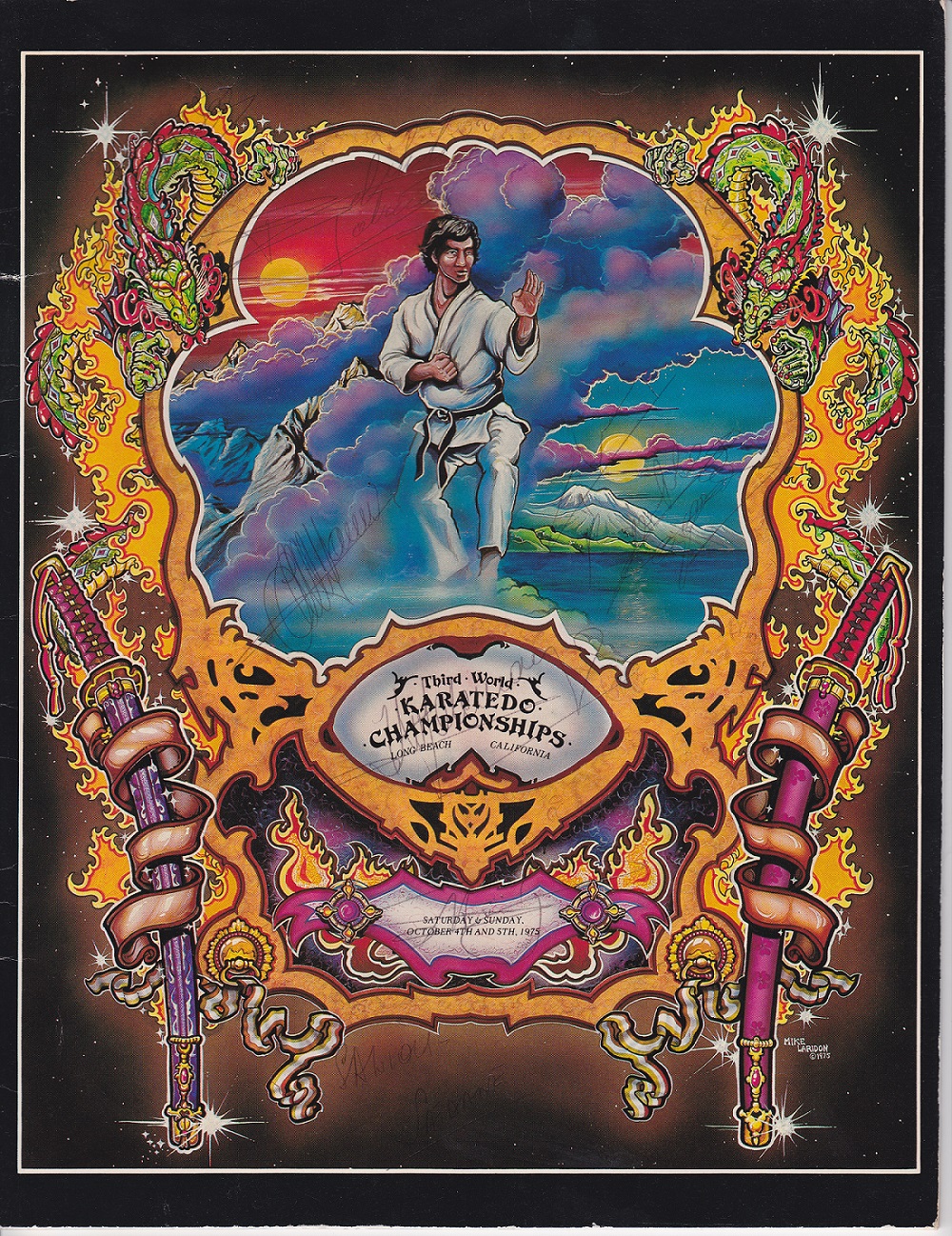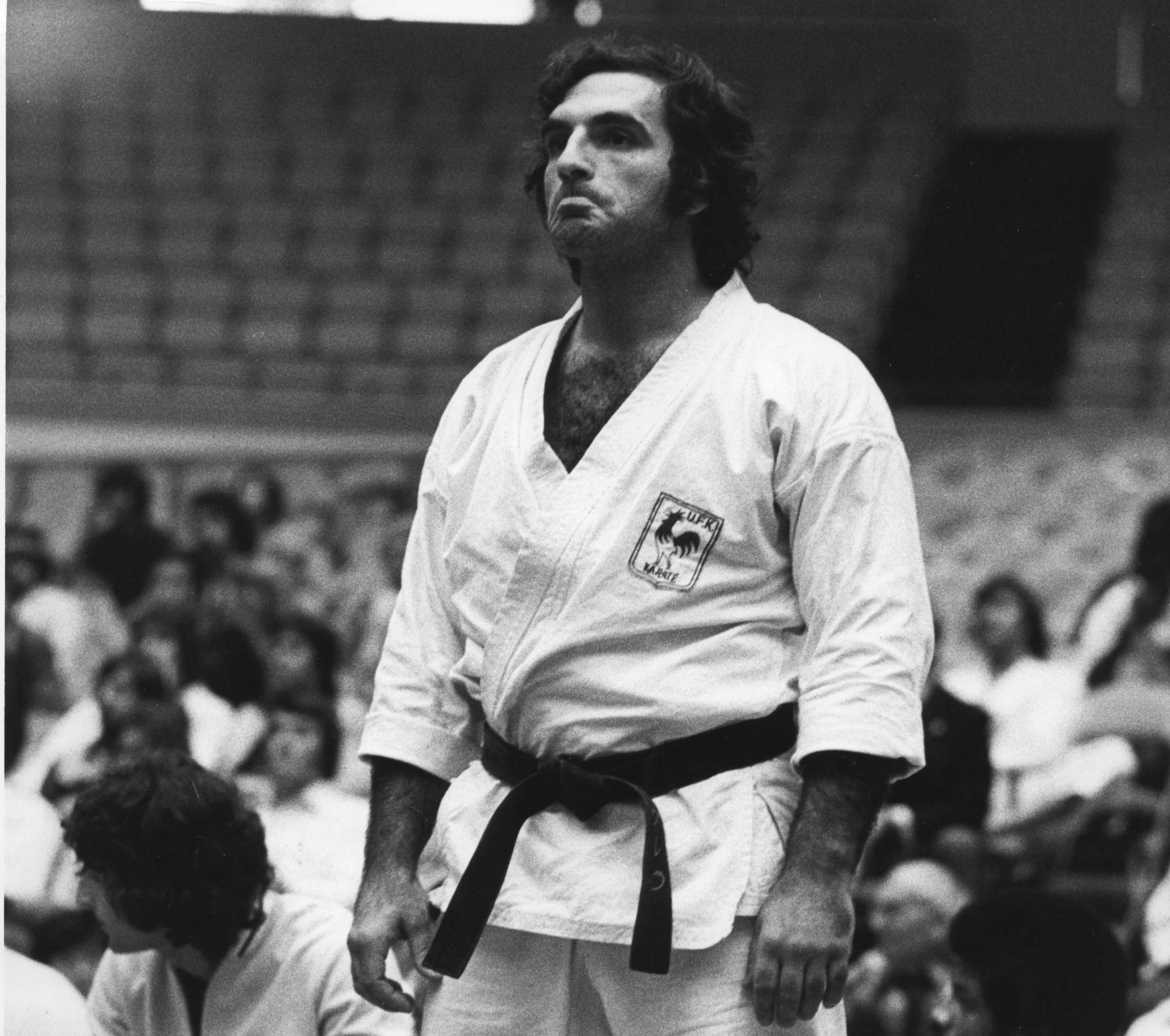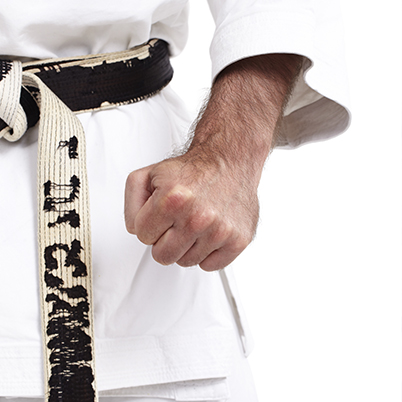Held in Long Beach, California, the 3rd World championships of history are the first contested with the principle of touch. It changes everything ! Especially for European "warriors"... What way should Karate take, contact or non-contact ? The debate is launched for several decades. A first answer will be made at Long Beach, symbolized by the double disqualification of France’s Dominique Valera and the ensuing brawl.
Japan, absent from the podium in 1972, places 3 finalists this time. Murakami becomes World champion. Great Britain wins in team.
By Ludovic Mauchien / Photos : DR / LM
Following the 1972 World championships, where they placed no fighters on the podium, the Japanese adopted the principle of touch in competition. The Europeans, the French world champions at the head of the bow, are circumspect and try other forms of Karate, in particular Kyokushinkai and move away from the competition. “We had experienced “real” Karate. We didn't feel like going to a Karate where you can lose when you barely touched the guy. It deteriorated in 73-74, hence the “events” of Long Beach”, recalls Dominique Valera, now 9th Dan.
The announcement of a 3rd World championship, in California moreover, woke up the sleeping warriors. Thus, in October 1975, 300 Karatekas from 30 countries met in the southern suburbs of Los Angeles. Among the favorites for the title, again and again, the French. Disqualified in 70, forfeit in 72, Dominique Valera arrives at Long Beach as sharp as ever. But…
On the first day, with the team, he is disqualified during the only round of the French team (beaten by Australia). The next day, in the 3rd round of the individual, he faces Dominican Antonio Rivera… “A fight not easy but that I master. I make a sweep and score once. The referee considers the distance was too long. I do a second sweep. He tells me that my Tsuki has passed by. On the 3rd sweep, I touch lightly, but really slightly Rivera on the cheekbone with my Tsuki. There was not even any blood”.
But the referee, British Tommy Morris, immediately disqualified him. This is too much ! A Mawashi goes, the French come to the rescue, general brawl... “What made me angry is that I was disqualified without explanation”, he still grumbles more than 40 years after the facts. “And I insist once again : this is a story that has spilled more ink than blood ! No one was hurt”.
The story between Dominique Valera and Karate will end on that particular day. “I couldn't see myself coming back into the fold of traditional karate after that. Neither did the international federation since it suspended me for life. But that was then reduced to six months”.
It was not until 2001 that the King wore a Kimono again to develop the… contact Karate. But, even today, Long Beach is chasing him. “It’s a scar that I carry around and sometimes I feel like people only remember that. I am not proud of it and it is a stain in my career. But it's not even a bloodstain”.
This story is symbolic of a turning point in the history of Karate. The warriors of the 1st hour, the very 1st generation of fighters will give way to a new, not devoid of fighting spirit and of sense of virile combat, represented by the English and Dutch schools.
As soon as Long Beach, the English won by dominating Japan in the final. The Netherlands ranked 3rd. Adamy, Codrington, Dunett, Fitkin, Higgins, O’Neill and Rhodes make magnificent World champions. The Japanese (Hamaguchi, Murakami, Ono, Tsuchiya, Yonimitsu) will take revenge the next day by placing two of them in the final. Murakami becomes the 3rd World champion in history by defeating Hamaguchi. Rivera, Valera’s opponent, finished 3rd.







